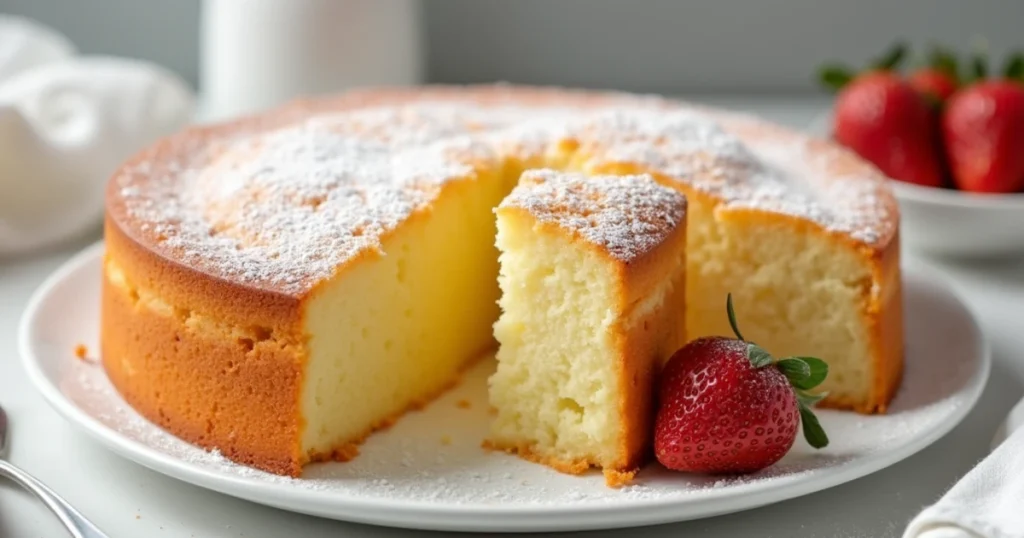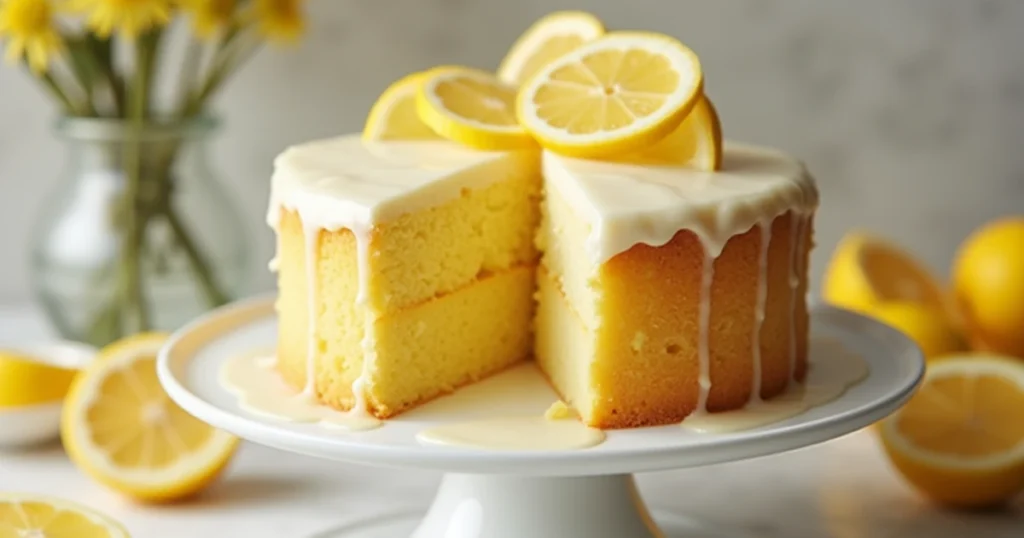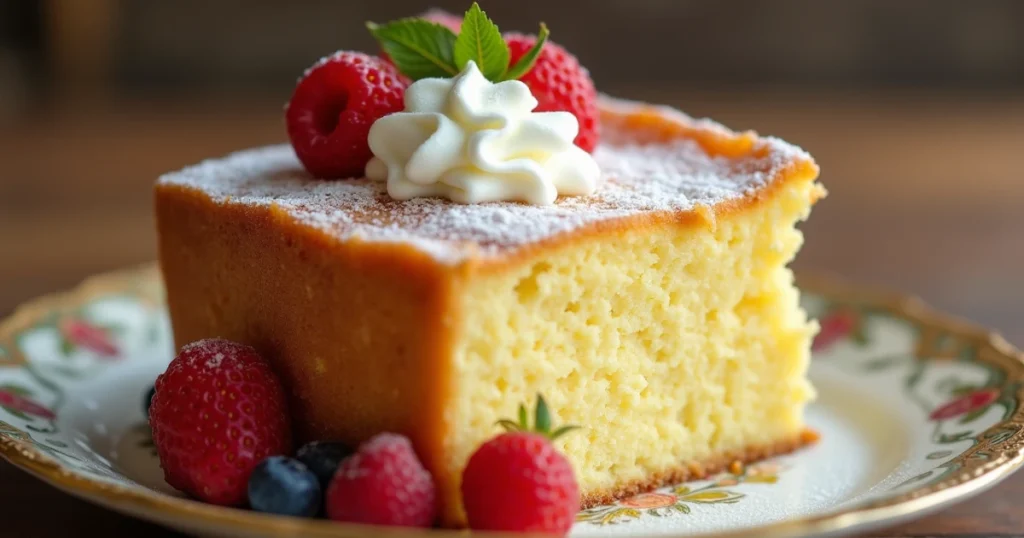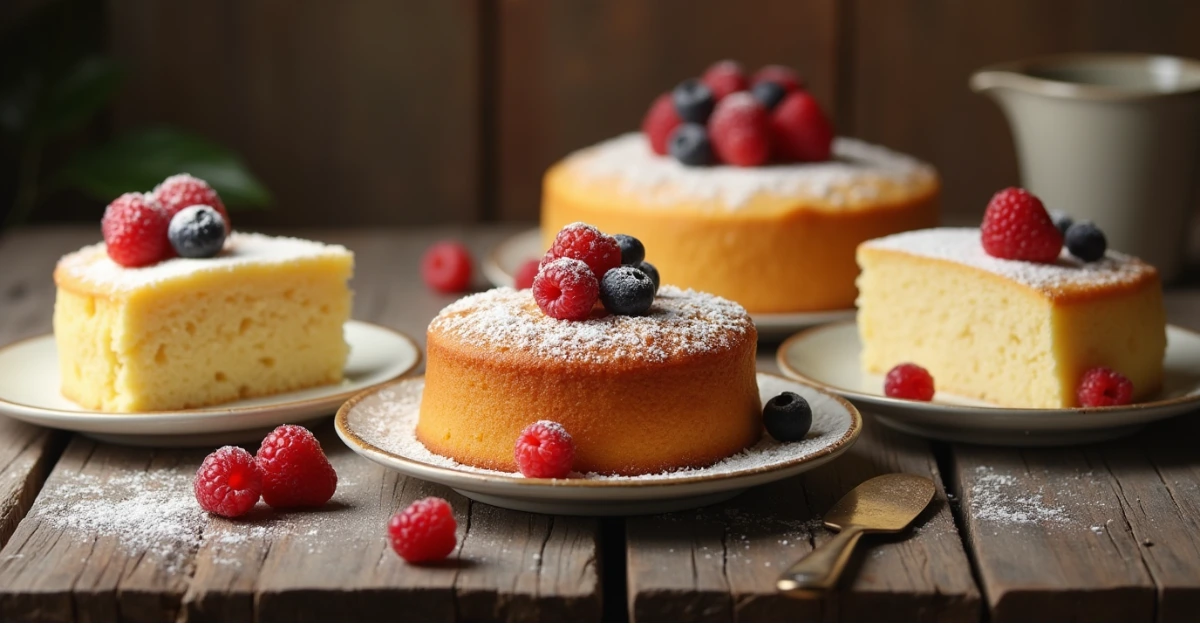The Beautiful Difference Between Sponge Cake, Chiffon Cake, and Butter Cake
Understanding the sponge chiffon butter cake differences is essential for any baking enthusiast. Each type has unique ingredients, textures, and uses. Cakes come in many varieties; these three are among the most popular. Let’s explore what makes each special and how to choose the right cake for your needs.
1. What is Sponge Cake?

Ingredients
Sponge cake is made with simple ingredients: eggs, sugar, flour, and sometimes a small amount of butter or oil. The absence of heavy fats makes it a lighter option compared to other cakes.
Texture
The texture of sponge cake is light, airy, and slightly dry. This makes it perfect for absorbing syrups, creams, or other flavorful additions.
Preparation
To make sponge cake, eggs and sugar are whipped together until thick and pale. Flour is then gently folded into the mixture to retain as much air as possible. This process creates the cake’s signature fluffy texture.
Uses
Sponge cake is often used as a base for layered cakes, roll cakes, or desserts like tiramisu. Its light texture pairs well with rich fillings and toppings.
2. What is Chiffon Cake?

Ingredients
Chiffon cake includes eggs, sugar, flour, oil, and baking powder. The use of oil instead of solid fat gives it a unique moistness.
Texture
Chiffon cake is moist, fluffy, and tender with a slightly springy crumb. It strikes a perfect balance between lightness and richness.
Preparation
of chiffon cake involves mixing egg yolks and oil with dry ingredients. Whipped egg whites are then folded into the batter to create a light and airy texture.
Uses
Chiffon cake is commonly enjoyed on its own, often paired with glazes or fresh fruit for added flavor and elegance. It’s a popular choice for celebrations and special occasions.
3. What is Butter Cake?

Ingredients
Butter cake is made with butter, sugar, eggs, flour, and leavening agents like baking powder or baking soda. The high butter content gives it a rich flavor.
Texture
Butter cake is dense, moist, and tender with a fine crumb. Its richness makes it a favorite for those who love indulgent desserts.
Preparation
To prepare butter cake, butter, and sugar are creamed together until light and fluffy. Eggs and dry ingredients are then added to form a rich batter.
Uses
Butter cake is perfect for layer cakes, cupcakes, or simply enjoyed on its own. It’s a classic choice for birthdays, weddings, and other celebrations.
Key Sponge Chiffon Butter Cake Differences
Fat Content
- Sponge cake has the least fat, relying mainly on eggs.
- Chiffon cake uses oil, which adds moisture without heaviness.
- Butter cake is rich in butter, giving it a dense and indulgent texture.
Texture
- Sponge cake is light and airy, perfect for layered desserts.
- Chiffon cake is moist and fluffy, offering a balance of lightness and richness.
- Butter cake is dense and tender, ideal for those who prefer a richer dessert.
Leavening Methods
- Sponge cake relies on whipped eggs for its rise.
- Chiffon cake uses both whipped egg whites and baking powder.
- Butter cake depends on creamed butter and sugar, along with leavening agents.
How to Choose the Right Cake for Your Occasion
When deciding between sponge, chiffon, and butter cake, consider the occasion:
- Sponge cake is ideal for light desserts or layered cakes that need to absorb flavors.
- Chiffon cake works well for elegant standalone desserts, especially when paired with glazes or fresh fruit.
- Butter cake is perfect for rich, indulgent treats that satisfy a sweet tooth.
Popular Recipes to Try
- Classic Sponge Cake: Perfect for tiramisu or strawberry shortcake. Explore more sponge cake recipes here.
- Lemon Chiffon Cake: A refreshing option for summer gatherings. Try this lemon chiffon cake recipe.
- Vanilla Butter Cake: A timeless favorite for birthdays and celebrations. Check out this vanilla butter cake recipe.
Tips for Baking Success
- For Sponge Cake: Ensure eggs are at room temperature before whipping to achieve maximum volume.
- For Chiffon Cake: Use a tube pan to help the cake rise evenly and cool upside down to maintain its height.
- For Butter Cake: Cream the butter and sugar thoroughly to create a light and fluffy texture.
Conclusion:
Understanding the sponge chiffon butter cake differences helps you choose the right cake for any occasion. Whether you prefer the lightness of sponge cake, the moistness of chiffon cake, or the richness of butter cake, there’s a perfect option for every dessert lover. Experiment with these cakes to discover your favorite!
Which recipe did you try?
There are no reviews yet. Be the first one to write one.

